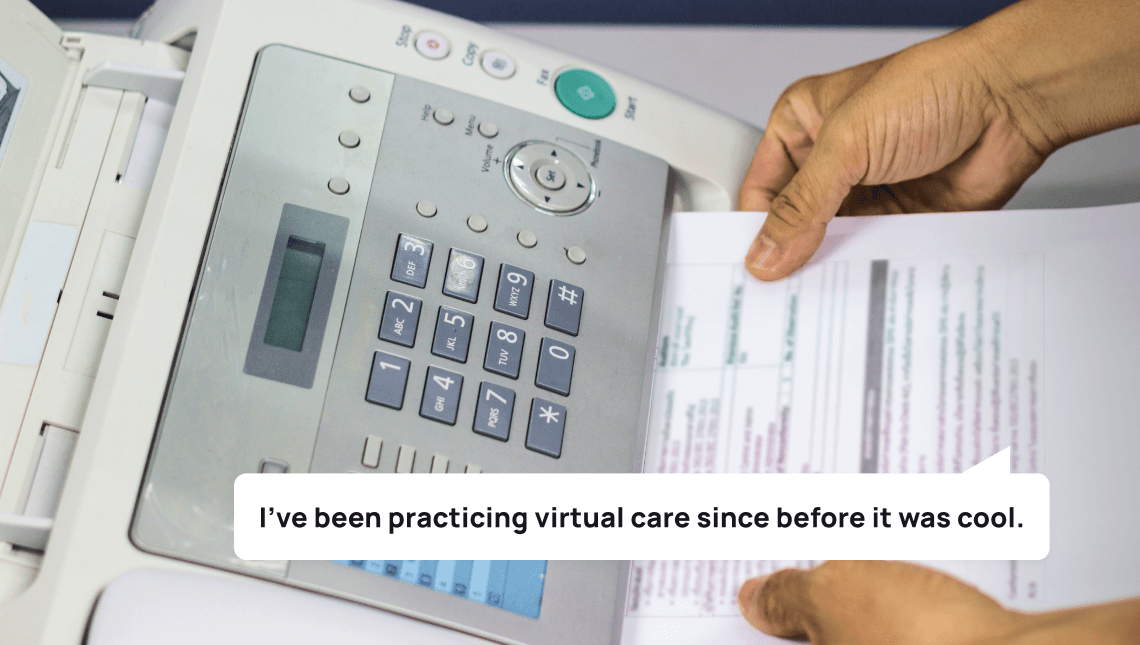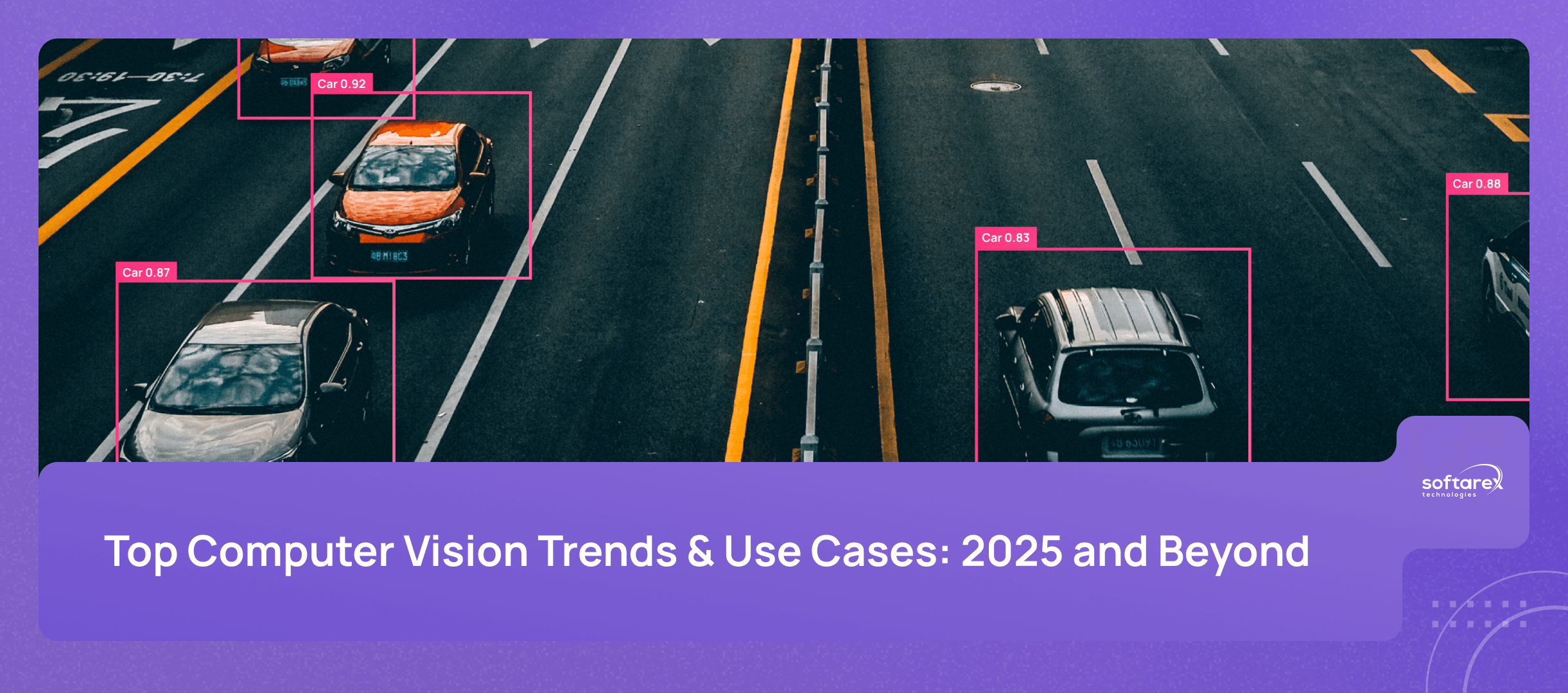Patient engagement is a big deal in healthcare nowadays. It’s all about patients not just being passive receivers of medical care, but active partners in their own health journeys. This means they have a say in their treatment, being well-informed and motivated to be involved in their medical care. This, in turn, ensures tailored care based on individual characteristics, needs, preferences, and conditions.
With the help of technology and easy access to medical info, patient engagement has become a crucial part of good healthcare and a critical component of safe people-centered services.
The significance of patient engagement extends beyond improved clinical outcomes, encompassing enhanced patient satisfaction, reduced healthcare costs, and a more holistic approach to well-being. Some numbers back this up – a study published in the journal Patient Experience revealed that engaged patients have a 34% lower risk of hospital readmission within 30 days of discharge.
While the benefits of patient engagement may seem obvious, such as improved treatment adherence, it also offers more subtle advantages, such as fostering a sense of empowerment and personal responsibility. People using health services are increasingly demanding more responsive, open and transparent healthcare systems.
Understanding Patient Engagement in Healthcare
Patient engagement marks a significant shift from being a passive recipient of healthcare to an active participant in managing one’s own well-being. It involves a partnership between patients and healthcare providers to develop personalized treatment plans, make informed decisions, and achieve better health outcomes. Patient engagement goes beyond medical appointments to include ongoing interaction, education, and empowerment throughout the entire healthcare journey. When healthcare providers involve patients more actively in decisions about their care, they tap into a powerful resource that contributes to a healthier and happier patient community.
What are the Key Components of Patient Engagement?
Patient engagement encompasses several important aspects, all working together to create a complete and patient-centered healthcare experience.
Information sharing involves the open exchange of relevant and accurate information between patients and healthcare providers. Engaged patients actively seek to understand their conditions, treatment options, and potential outcomes, and work with providers to make decisions that reflect their values and preferences. This communication extends to educating patients about their rights, responsibilities, and the overall healthcare process.
Shared decision-making involves patients and providers working together to agree a plan of care that takes into account both the best available evidence as well as the patient’s preferences, values, and goals. This approach also includes addressing any questions or concerns the patient may have about their options or the potential outcomes.
Active participation means that patients are actively involved in their care and self-management, which includes following prescribed treatments, monitoring health metrics, and communicating concerns to healthcare providers for timely intervention. It also includes quality improvement activities such as providing feedback, participating in surveys, and contributing to the design of services or programs.These components are essential not only for individual patients, but also for a healthcare ecosystem that can prevent disease, manage chronic conditions, and provide timely and effective care. As digital transformation and virtual care become more prevalent, these components provide the foundation for innovative technologies to improve patient engagement and create a more patient-centric healthcare landscape. Technology-driven patient engagement offers personalized interactions and streamlined experiences, allowing patients to conveniently access care and information from their devices. These modern solutions increase engagement and empower patients to take a more active role in their health. Therefore, an effective patient engagement solution is technology-based.
The Role of Virtual Care in Healthcare Transformation
Virtual care has evolved from simple telehealth solutions, such as phone calls or video consultations, to comprehensive virtual clinics that offer remote consultations, monitoring, and follow-up care for various health conditions. This transformation has brought about substantial benefits that are reshaping the healthcare landscape.
By breaking down geographical barriers, virtual care ensures that patients have access to quality healthcare regardless of their location. For example, patients in rural areas can now consult specialists without having to travel.
At the same time, virtual care is revolutionizing the patient experience by eliminating the need to commute and wait for appointments. Virtual care platforms allow patients to engage with their healthcare providers from the comfort of their own homes, increasing satisfaction.
The impact of virtual care extends beyond single interactions, seamlessly bridging the gap between in-person visits and remote consultations for consistent follow-up and health monitoring, especially for chronic conditions.
The financial aspect is equally compelling. Virtual care improves the patient experience and reduces healthcare costs. Both patients and providers benefit from reduced overheads associated with physical visits, while patients also save on travel and related expenses.
From improved accessibility to convenience and continuity of care, virtual care is reshaping the patient experience and making technology-enabled patient engagement the new normal.
How Digital Transformation Improves the Service Delivery for Health Plan Customers
As the digital age advances, the healthcare industry is embracing technology-enabled innovation to improve the experience of health plan customers. Amidst this evolution, digital transformation is emerging as a catalyst to create unparalleled experiences for health plan customers. This transformation encompasses various aspects that drive patient engagement and satisfaction.
Personalized Healthcare Journeys
Digital transformation enables the creation of tailored healthcare journeys, where patients receive tailored recommendations, treatment plans, and interventions based on their health goals, preferences, and needs. For example, digital health platforms can use artificial intelligence (AI) and machine learning (ML) to analyze patient data and provide customized feedback, coaching, and support. Digital health platforms can also use natural language processing (NLP) and chatbots to interact with patients and answer their questions.
Data-Driven Insights
Digital transformation uses data analytics to generate insights that can improve the quality, safety, effectiveness and efficiency of healthcare. Data analytics can use patient data to identify trends, predict health risks, and optimize treatment strategies. For example, data analytics can help providers identify high-risk patients and intervene early to prevent complications or hospitalization. Or predictive analytics, which uses advanced algorithms and data to recommend specific courses of action to optimize outcomes.
Get an insight into the Healthcare Predictive Analytics Tool that Softarex developed for one of our clients.
Medical Portals and mHealth Apps
People feel empowered when they take charge of their own health; and by using apps on their smartphones that connect to online portals, they become more involved and interested in their personal health journeys from an early stage.
Having access to diagnostic tools means that individuals can see and understand the changes in their health indicators without waiting for their doctor’s assessment. This also leads to lower healthcare costs for people who actively acquire and use technologies that support their personalized health management.
Moreover, the growing use of medical portals and mHealth apps enables easy setup of reminders for appointments and medications, creation of searchable databases of medical advice and treatment options, and many other opportunities to put the power in the hands of the patient.
Seamless User Experience
UX/UI design ensures that digital platforms are easy to use and accessible to people of all ages. A prime example is the design of user-centric health apps, where patients can easily track their health metrics, communicate with providers, and access educational resources, fostering a comfortable and engaging experience. UI/UX design can also use gamification, social media, and rewards to motivate and incentivize users to adopt healthy behaviors.
Integration of Wearables and IoT
Incorporating wearable devices and Internet of Things (IoT) technologies into digital health platforms is a hallmark of digital transformation, greatly enhancing patient engagement and empowerment. Learn more about the real-time health data provided by remote monitoring devices and how they enable proactive health monitoring in our related blog article.
Implement Your Patient Engagement Strategy with the Best Technology
An effective patient engagement solution in today’s healthcare environment should utilize a scalable and expertly designed technology
Determining the right vendor with HIPAA compliance and a positive experience of implementing healthcare systems will be the main drivers for patient engagement outcomes.
Softarex has a extensive experience in healthcare-related projects that we have done in the past years, including helping healthcare organizations improve patient engagement with our custom Care Management Platform — a solution designed to simplify care coordination, enhance communication, and improve patient participation. This gives us a strong foundation of expertise for any of your needs. Feel free to share the challenges you are facing in your medical practice, and we will gladly offer our assistance.









